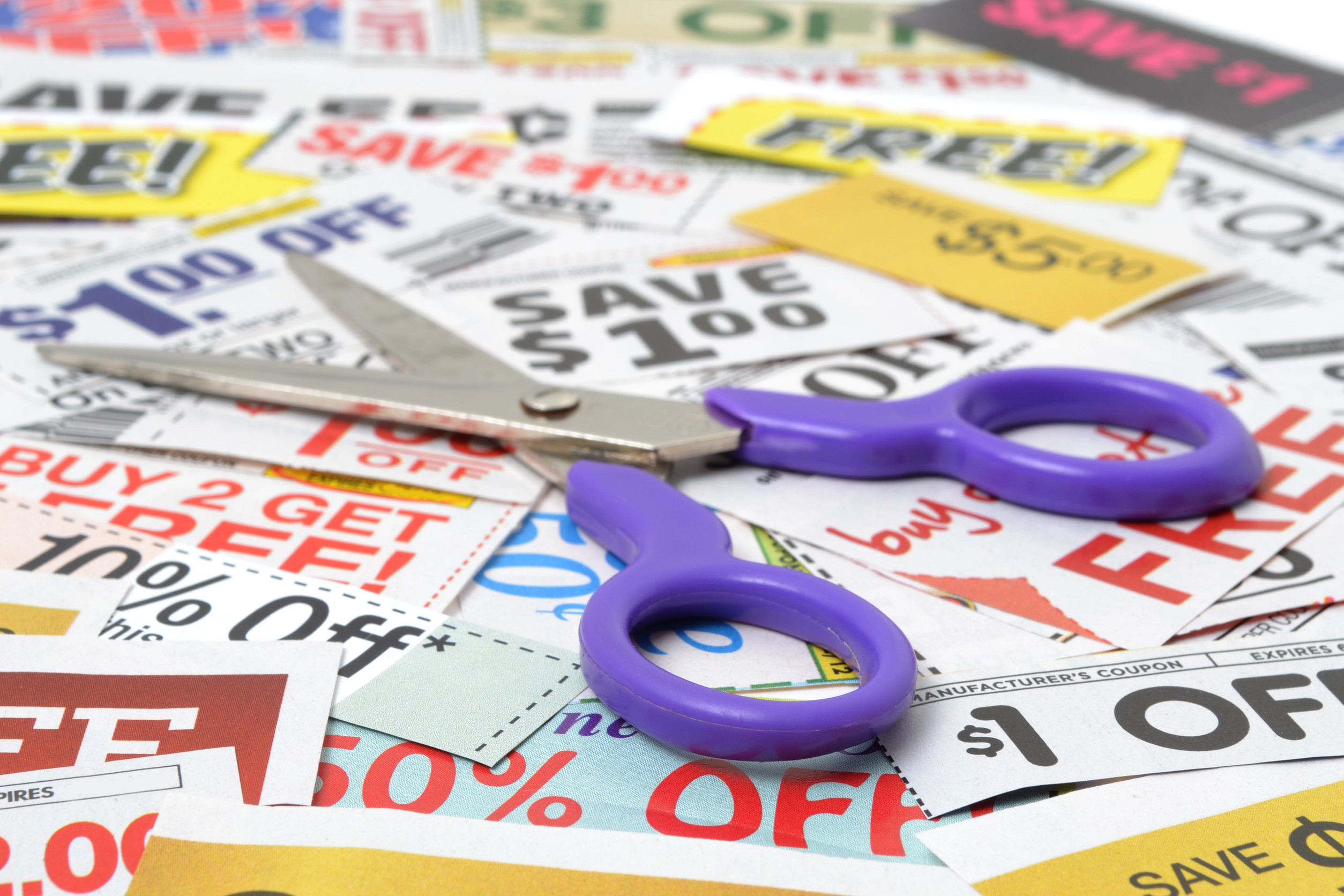
Image Source: 123rf.com
Imagine walking into your grocery store and having your favorite coffee, cereal, or produce instantly marked down just for you. That’s the promise of AI-powered real-time coupon systems, a technology that could take grocery deals from generic to hyper-personalized. Instead of clipping paper coupons or scrolling through dozens of offers, you’d get the exact discounts you want—at the exact moment you’re ready to buy. Retailers see this as the next frontier in loyalty programs, combining artificial intelligence, shopping data, and digital pricing to boost sales and customer satisfaction. Here’s how it could all change the way you shop forever.
Personalized Discounts Based on Shopping History
One of the most powerful features of real-time coupon systems is the ability to analyze your past purchases and tailor deals to your preferences. If you buy almond milk every week, the system might automatically give you 20% off when you walk in. Over time, AI learns your brand loyalty, dietary needs, and shopping patterns, making offers more relevant and valuable. This reduces the “coupon clutter” of irrelevant deals and ensures you’re saving on the items you actually want. For retailers, it’s a win-win: customers feel appreciated, and sales of high-priority items increase.
Location-Based Offers While You Shop
These types of coupons could integrate with in-store location tracking, offering you deals as you approach specific aisles. If you’re near the pasta section, your phone or the store’s digital shelf labels might instantly display a discount on spaghetti or sauce. This creates a sense of urgency and increases the chances of an impulse buy—except this time, it’s an impulse buy with savings. For shoppers, it’s like having a digital coupon book that updates based on your path through the store. These micro-moment offers could make grocery shopping feel more like a personalized treasure hunt.
Dynamic Pricing That Rewards Loyalty
AI-powered real-time coupon systems could give loyal customers better prices automatically, without requiring them to search for deals. For example, if you’ve shopped at a store for months, the system might lower prices on your staples as a thank-you. This could even extend to tiered loyalty rewards—where more frequent shoppers get deeper discounts. The goal is to make customers feel valued and encourage repeat visits. In practice, it turns every trip into a custom shopping experience, tailored to your relationship with the store.
Instant Competitor Price Matching
With a real-time option, AI could scan competitor prices in your area and adjust offers instantly to match or beat them. If a rival store has your favorite yogurt for less, you might get a notification at the shelf offering the same or a better price. This eliminates the need to shop around, saving you time and fuel. For retailers, it’s a defensive strategy to keep customers loyal and prevent sales from slipping to competitors. For shoppers, it’s a convenient way to ensure you’re always getting the best deal without the extra legwork.
Freshness-Driven Discounts to Cut Waste
One exciting application of real-time coupon systems is offering markdowns based on product freshness. If strawberries are nearing their peak or bread is close to its sell-by date, AI could trigger automatic discounts to encourage quick sales. This not only helps shoppers save but also reduces food waste—a growing concern in the grocery industry. Shoppers benefit from great deals on still-fresh items, and stores benefit from clearing inventory before it spoils. In this case, technology supports both your wallet and the planet.
Seamless Integration with Self-Checkout
It could also be embedded into self-checkout kiosks and mobile payment apps. Instead of scanning paper coupons or digital barcodes, the system would automatically apply eligible discounts as you scan each item. This speeds up the checkout process and eliminates the frustration of missed deals. For busy shoppers, it’s one less step to worry about—and for retailers, it increases coupon redemption rates without slowing down lines. The convenience factor here could be a major driver of adoption.
Predictive Deals for Upcoming Needs
AI doesn’t just react—it can predict. The AI could anticipate when you’re about to run out of household essentials and offer timely discounts. For example, if you usually buy laundry detergent every six weeks, you might get a special offer right before your next expected purchase. This predictive approach keeps you stocked while making sure you save on items you’d buy anyway. It’s like having a personal shopping assistant who knows your schedule and looks for ways to cut costs.
The Future of Grocery Savings Is Smart and Instant
Real-time coupon systems promise to make grocery shopping more efficient, more personal, and potentially much cheaper for consumers. They remove the barriers that keep people from using coupons—like searching, clipping, or remembering to scan—and replace them with instant, targeted offers. As AI technology advances, these systems could become a standard feature in supermarkets, blending convenience with value in ways we’ve never seen before. The end result? A grocery experience where every shopper feels like the store was designed just for them.
Would you welcome real-time coupon systems at your grocery store, or do you worry they could be used to raise prices when you’re not looking? Share your thoughts in the comments.
Read More
Are You Actually Saving With Digital Coupons or Being Upsold?
10 Grocery Coupons That Stopped Printing Without Explanation
